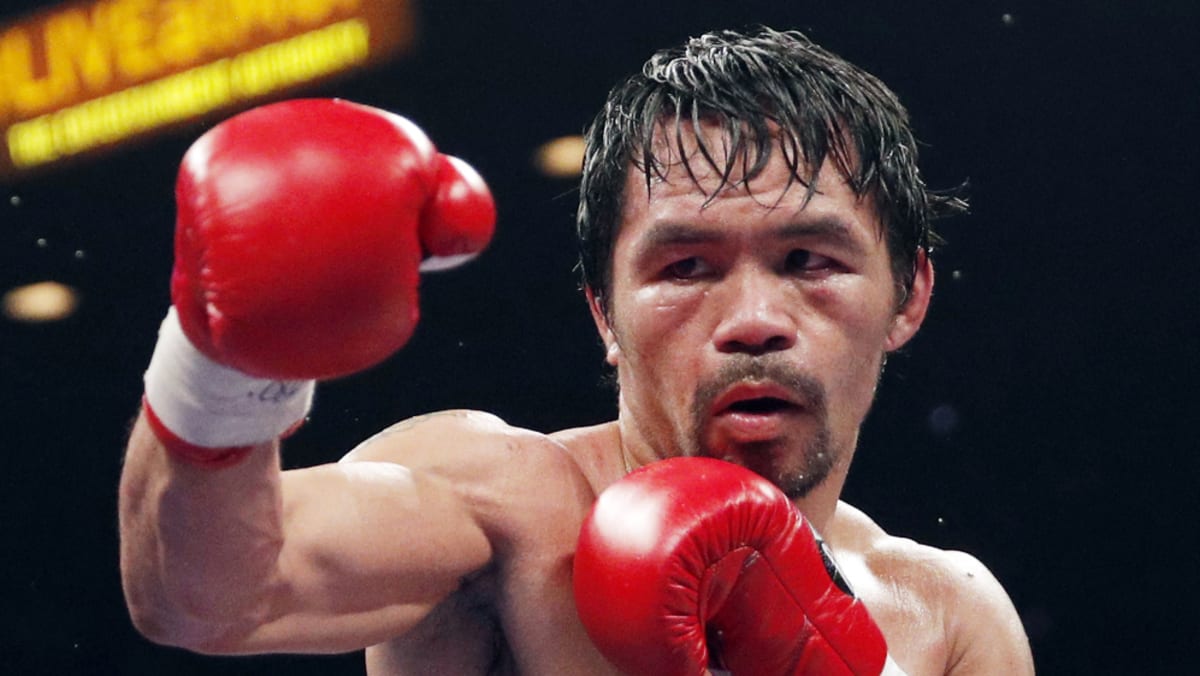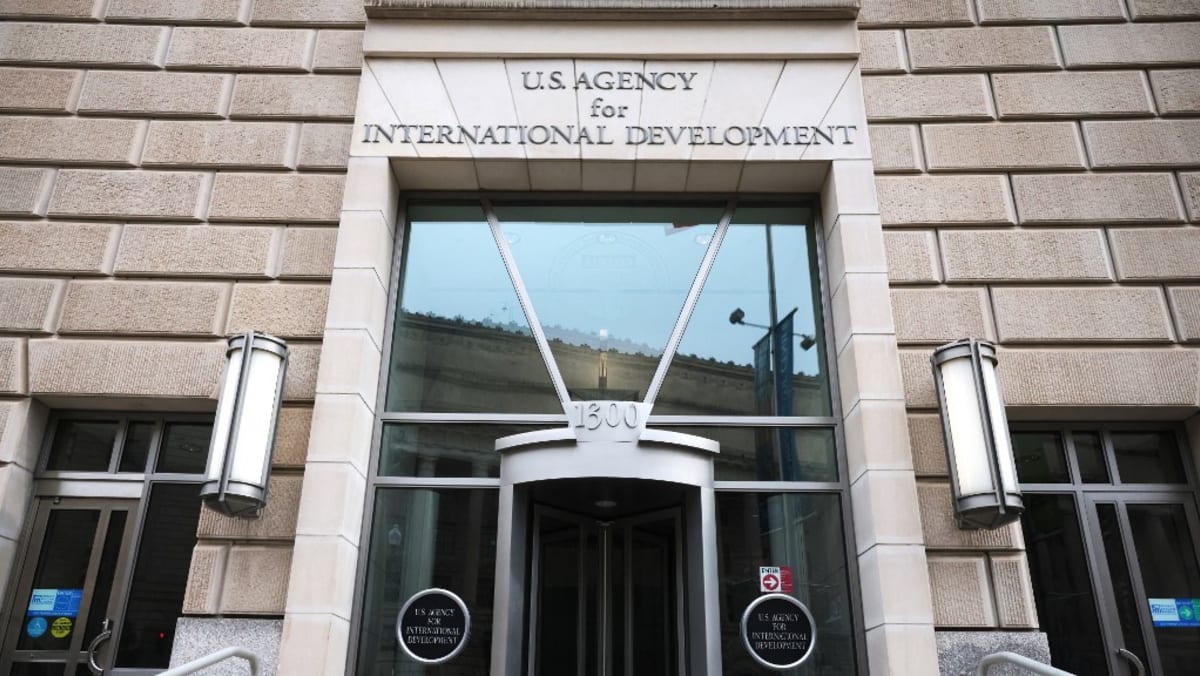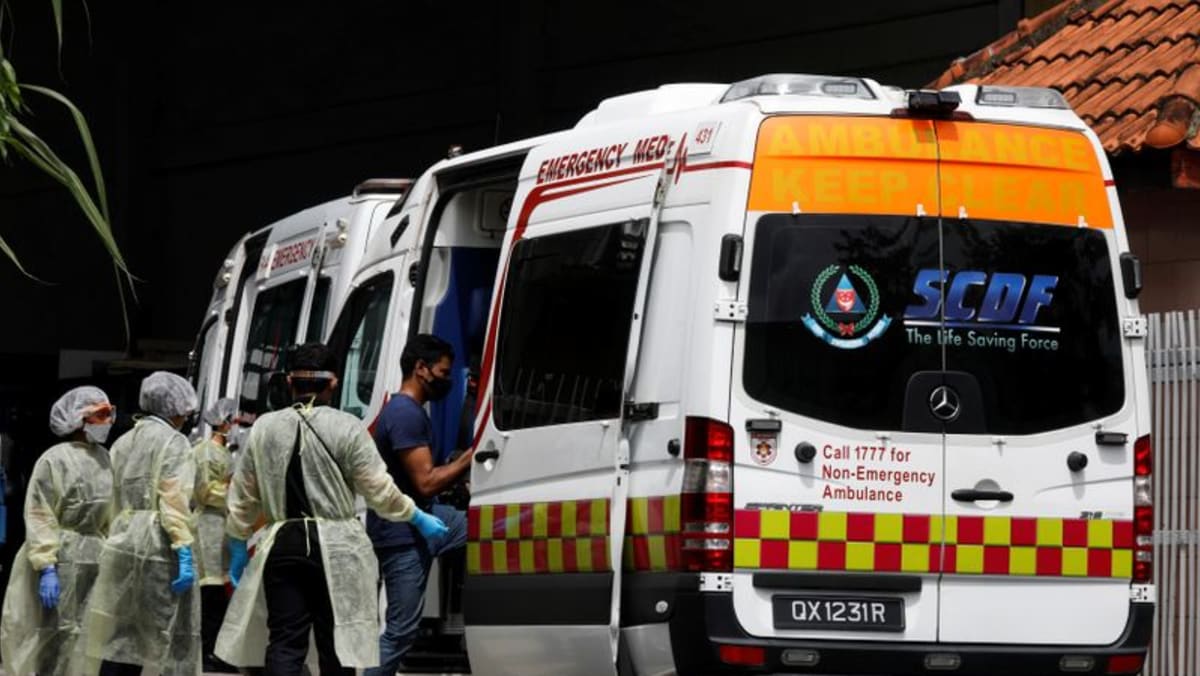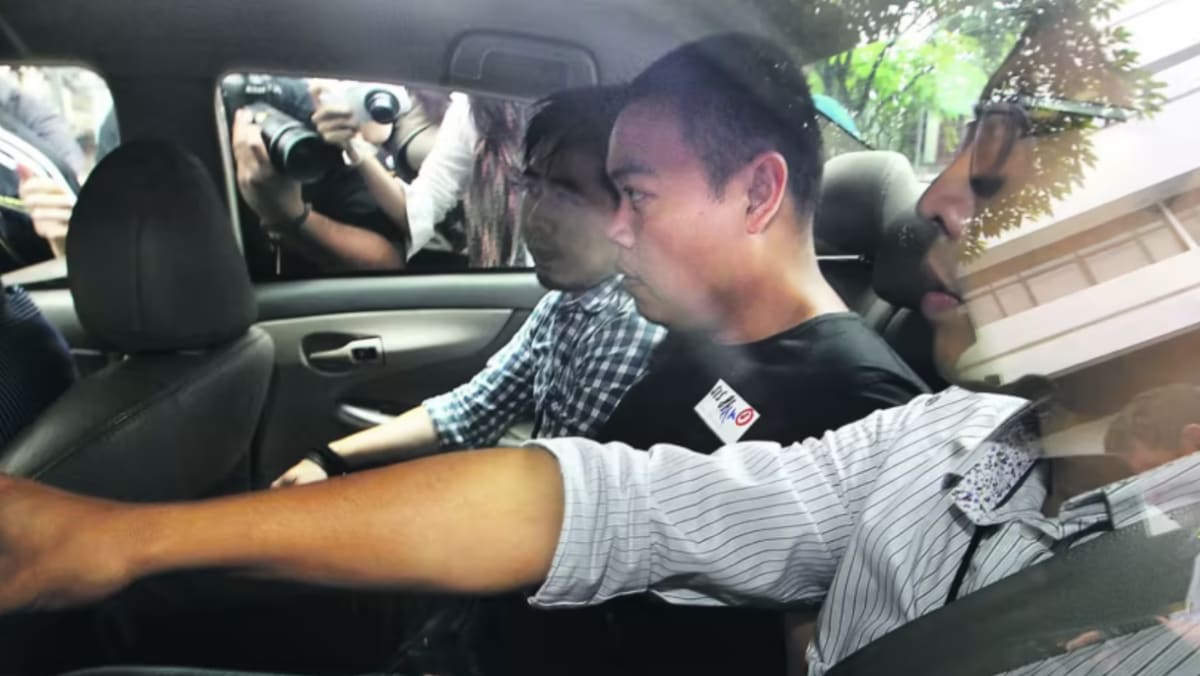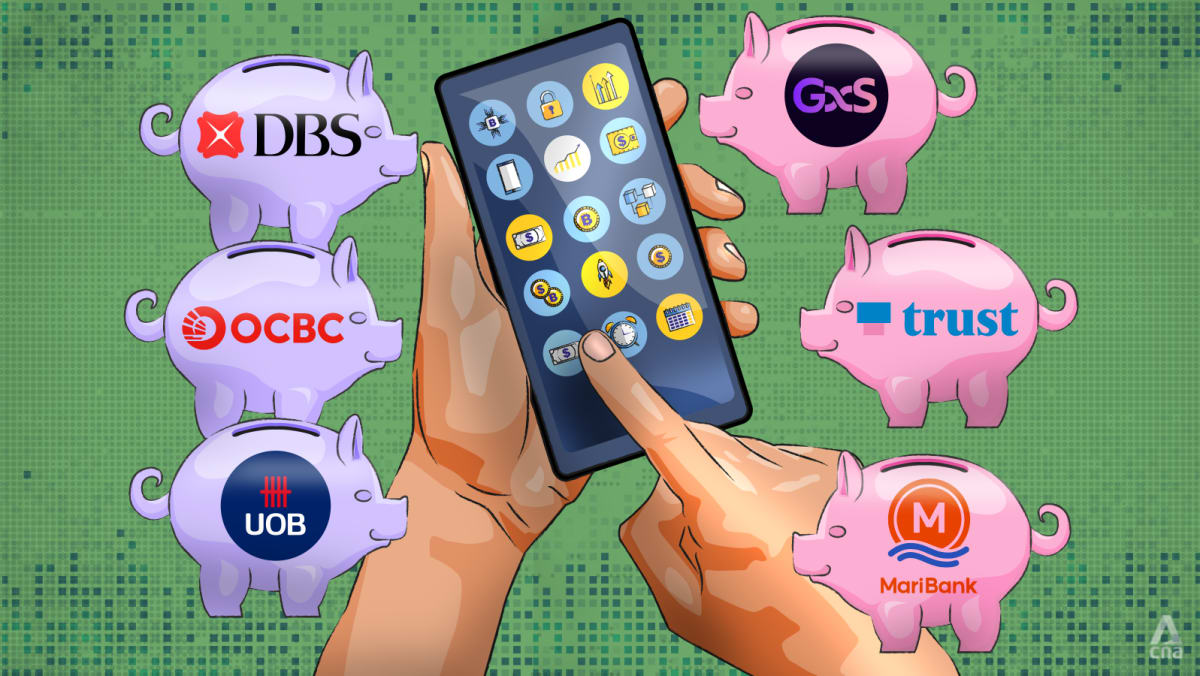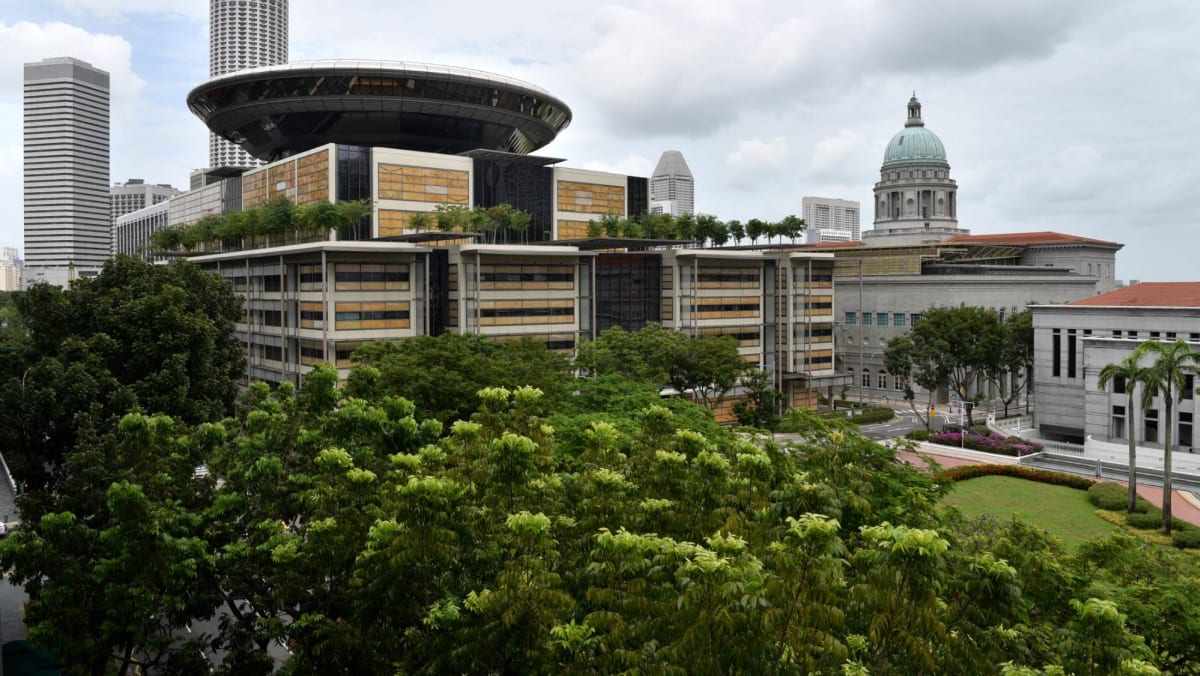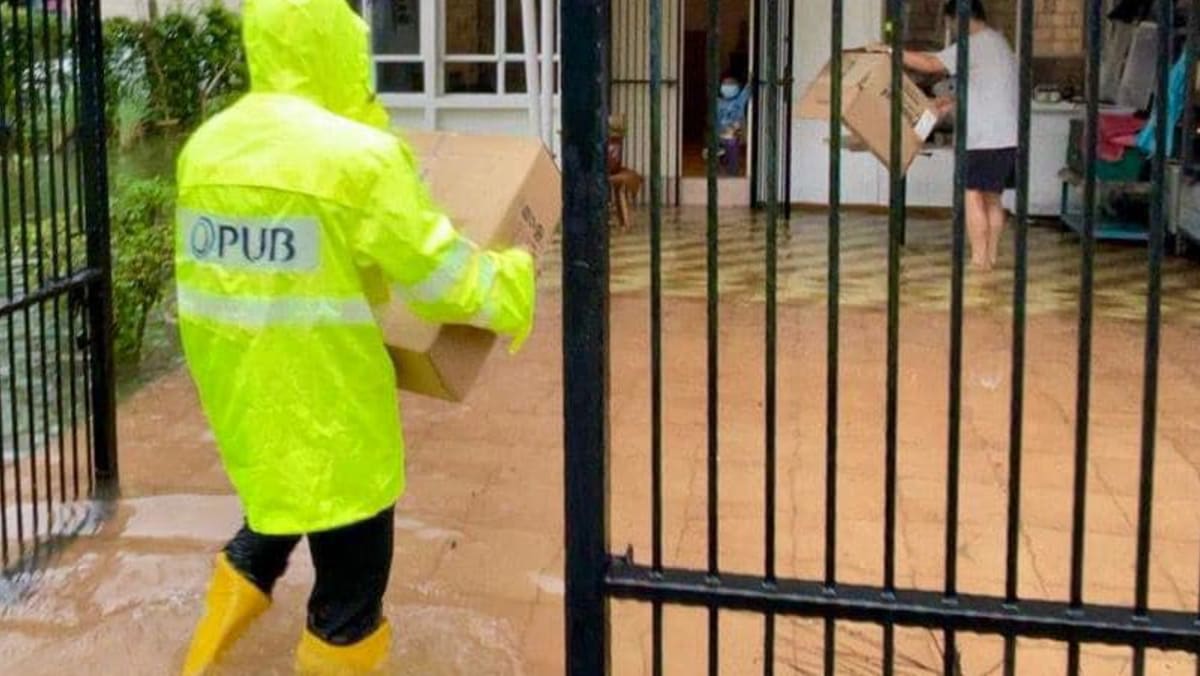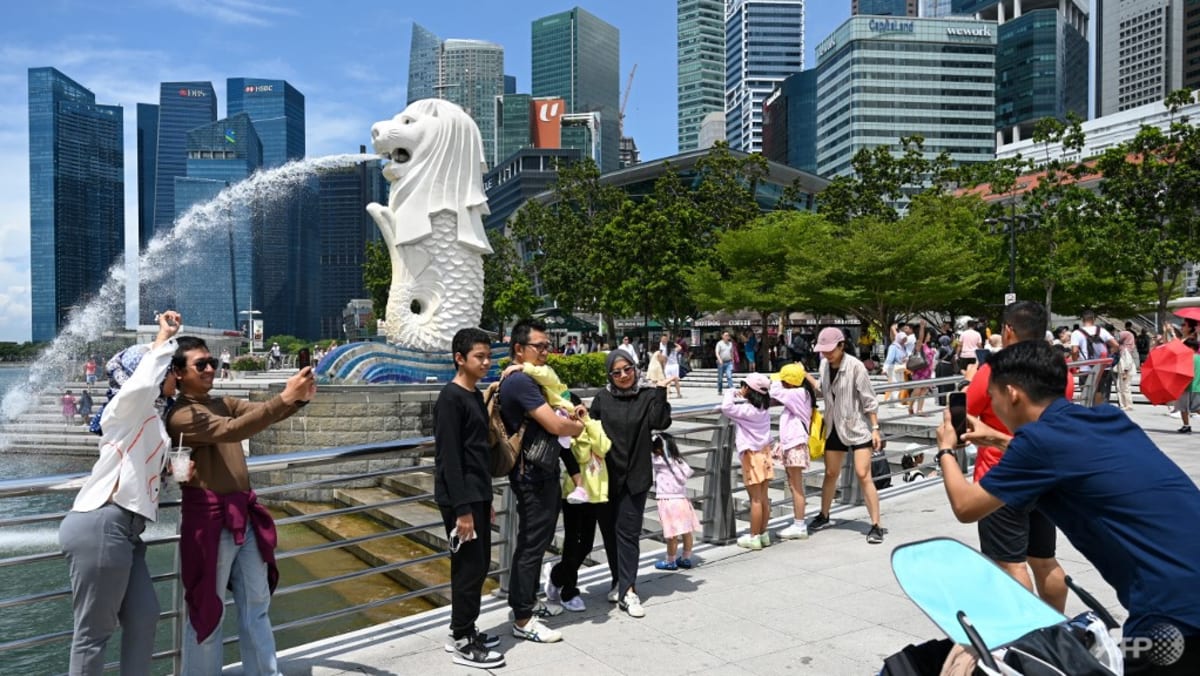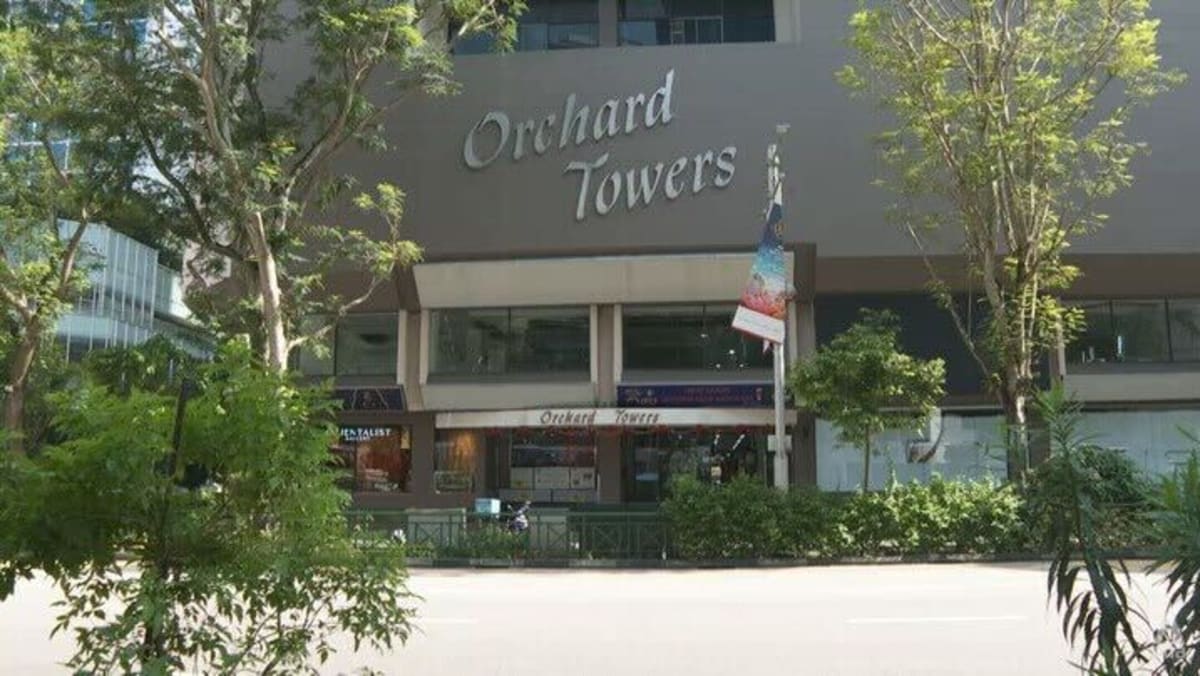COVID-19’S LASTING IMPRINT
On Mar 11, 2020, the World Health Organization declared the coronavirus outbreak a global emergency. At the time, the virus was spreading rapidly, with around 120,000 reported cases and over 4,000 deaths worldwide.
Since then, nearly 780 million cases have been recorded, and the death toll has surpassed 7 million. Challenges such as long COVID remain poorly understood and largely unaddressed, while COVID-19 remains a constant threat to the lives of many communities worldwide.
Over the past five years, global health systems have improved, with strengthened surveillance systems, faster response efforts, and better access to medical countermeasures. However, less attention has been devoted to examining social and political response and preparedness.
Early on, COVID-19 was touted as “the great equaliser”, suggesting it affected everyone the same. However, in a world with so many pre-existing inequalities, the pandemic did not level the playing field – it laid bare those disparities, amplified them and created new ones.
While remote work offered convenience to some, millions of essential workers had no choice but to continue working on the frontlines, exposing themselves to infection risks.
Families unable to afford digital tools saw children fall behind in education, and unemployment soared in lower-income communities. These challenges eroded trust in governance and widened social divides.
When vaccines were introduced, they were proclaimed to be the silver bullet to end the pandemic. But the road to normalcy proved far from straightforward. Vaccine misinformation spread as rapidly as the virus. Healthcare professionals were placed under intense scrutiny as they navigated public perception and managed expectations while fulfilling their primary duty of caring for patients.
The wave of misinformation deepened societal divides and fuelled heated debates around vaccination. In some societies, it became politicised, shifting the focus of social discourse from science to ideology. This not only undermined public health efforts but also weakened trust between communities and governments. It could also make future public health messaging more difficult.
.jpg?itok=HVcXoYme)
